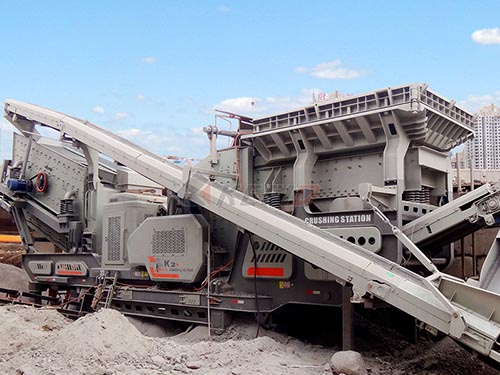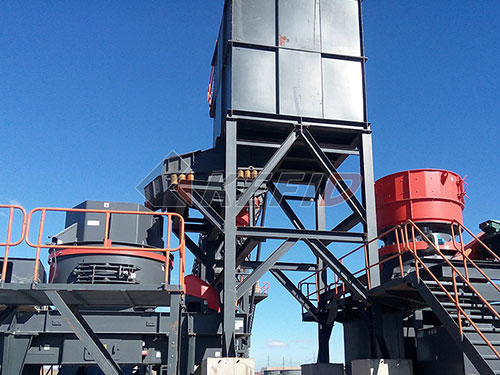Crush Rock Industry
The Unseen Bedrock: How the Crushed Stone Industry Builds Our World

Beneath our feet, beneath our roads, within our walls, lies a fundamental yet often overlooked component of modern civilization: crushed stone. Far from just rocks in a quarry, the crushed stone industry is a massive global enterprise essential for infrastructure development, construction progress, and economic stability. It’s the literal foundation upon which societies are built.

More Than Just Rocks: Defining Crushed Stone
Crushed stone (also commonly called aggregate) refers to angular fragments of rock produced by mechanically crushing larger bedrock – typically limestone, granite, trap rock, sandstone, or basalt – extracted from quarries or mines. These fragments are meticulously screened and sorted into specific sizes (from fine dust to large riprap) tailored for diverse applications:
Construction Backbone: It forms over 90% of asphalt pavement and constitutes 60-80% of concrete volume – the essential matrix binding cement.
Road Base & Sub-base: Provides critical stability and drainage layers beneath paved surfaces.
Railroad Ballast: Supports tracks and ensures drainage.
Foundation Fill: Stabilizes building sites and supports structures.
Drainage & Erosion Control: Used in septic systems, French drains, retaining walls (riprap), and shoreline protection.
Agricultural Lime: Crushed limestone neutralizes soil acidity.
Industrial Applications: Flux stone in metal smelting; filler in paints, plastics; roofing granules.
The Engine Room: Production Process
The journey from bedrock to vital resource involves sophisticated operations:
1. Exploration & Extraction: Geologists identify viable deposits meeting quality standards. Surface mining via drilling/blasting is most common.
2. Primary Crushing: Massive jaw or gyratory crushers break blasted rock into manageable pieces.
3. Secondary & Tertiary Crushing: Cone crushers or impactors further reduce size to desired specifications.
4. Screening: Vibrating screens meticulously separate crushed material into precise size fractions (e.g., 57 stone, crusher run).
5. Washing (Optional): Removes clay or fine particles for higher-purity applications like concrete sand.
6. Hauling & Distribution: Trucks transport finished product directly to job sites or distribution yards.
Economic Impact & Scale
The crushed stone industry is a significant economic driver globally:
Massive Volume: In the United


